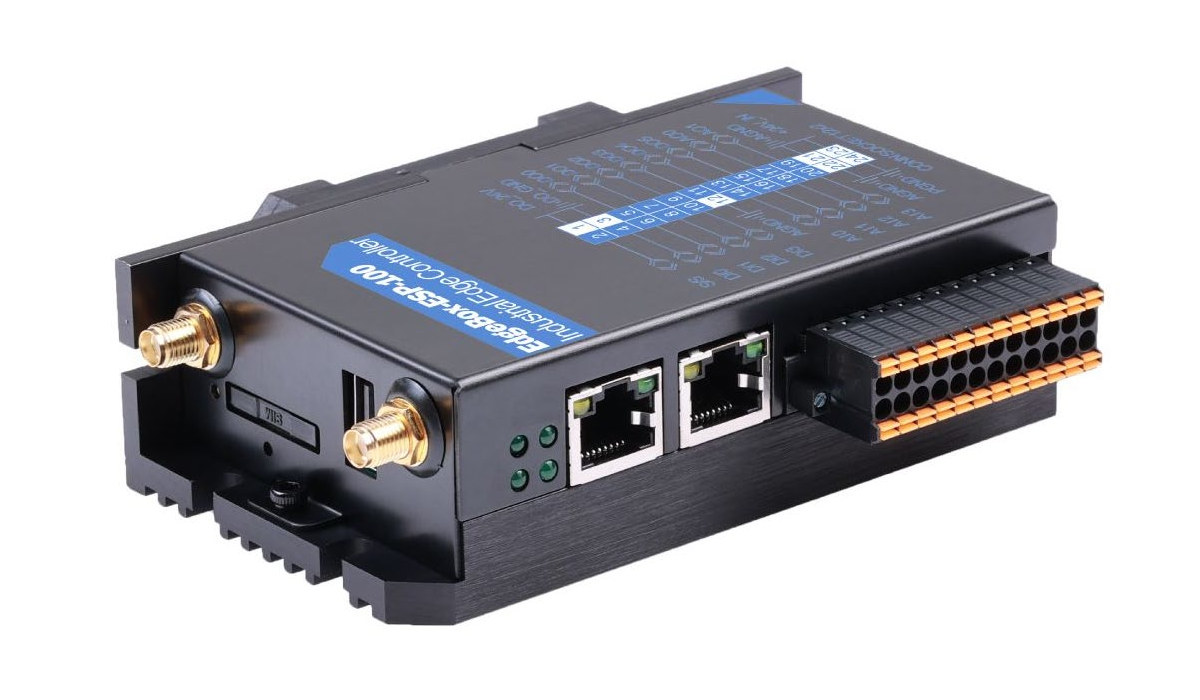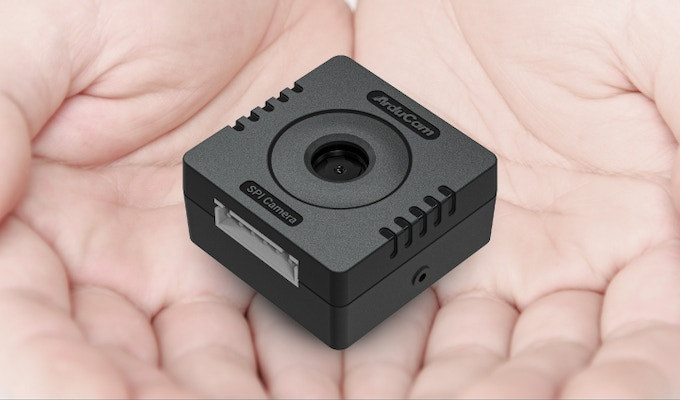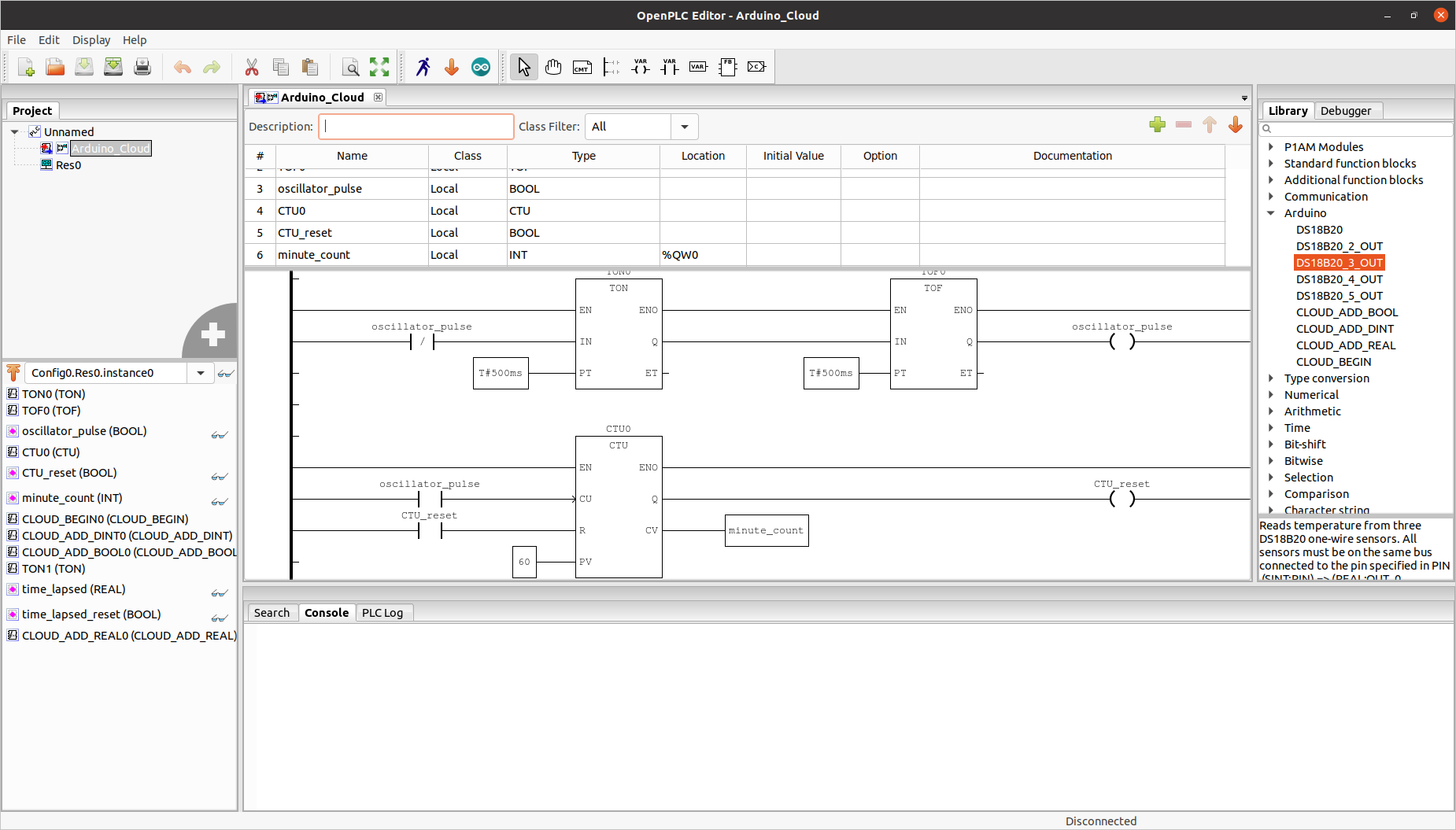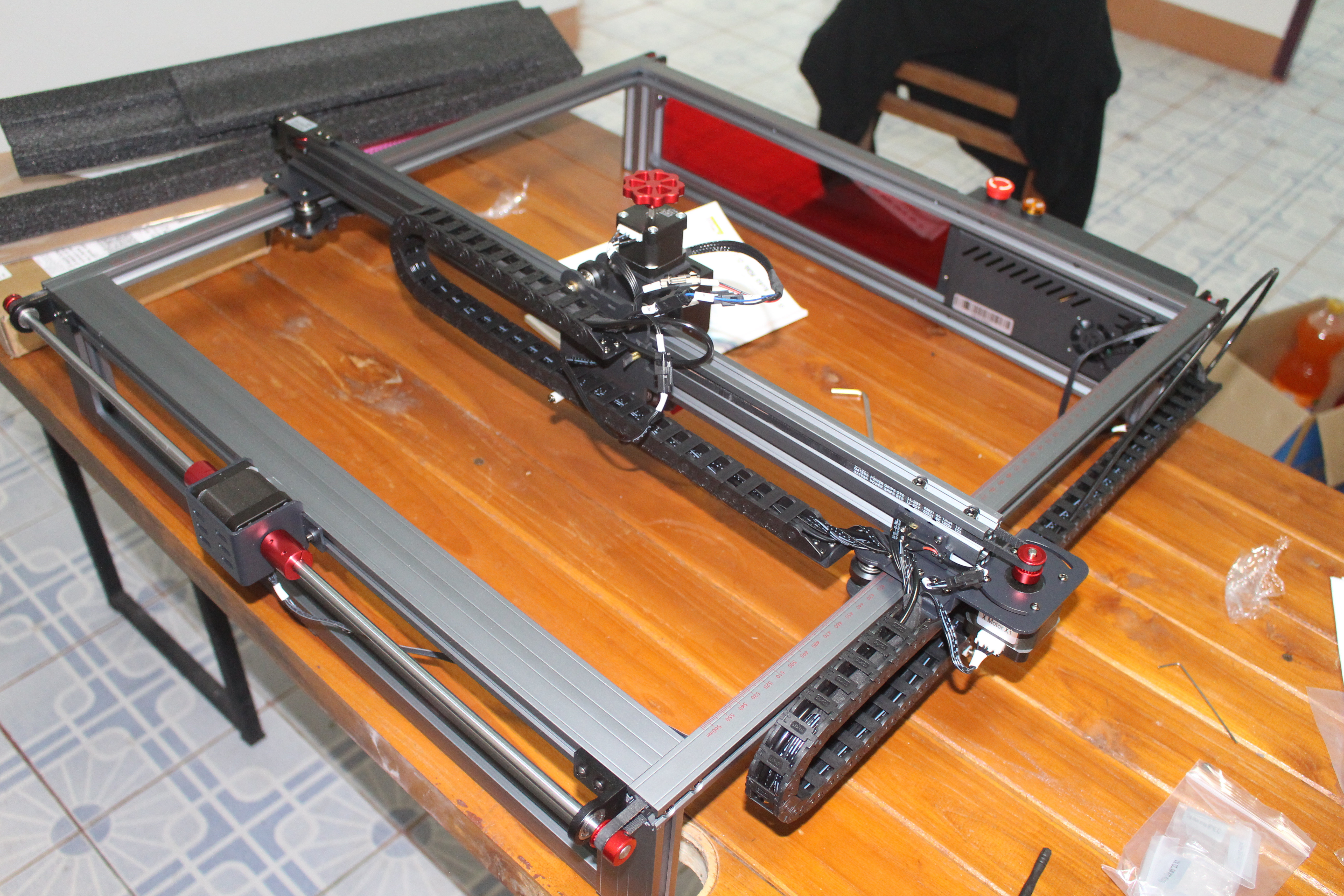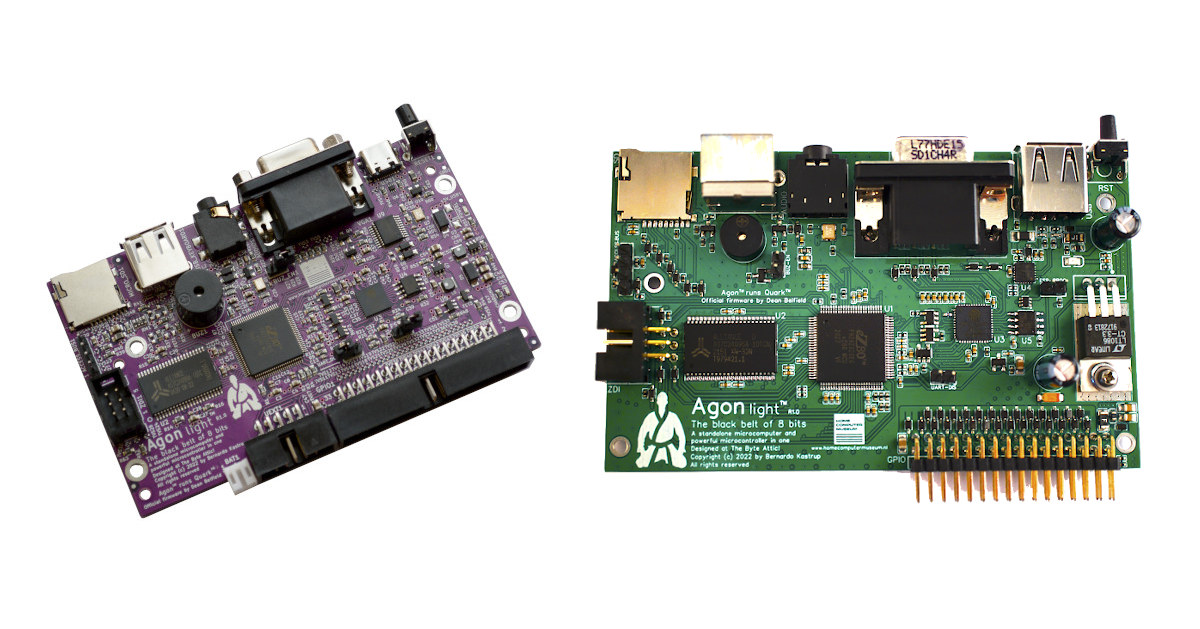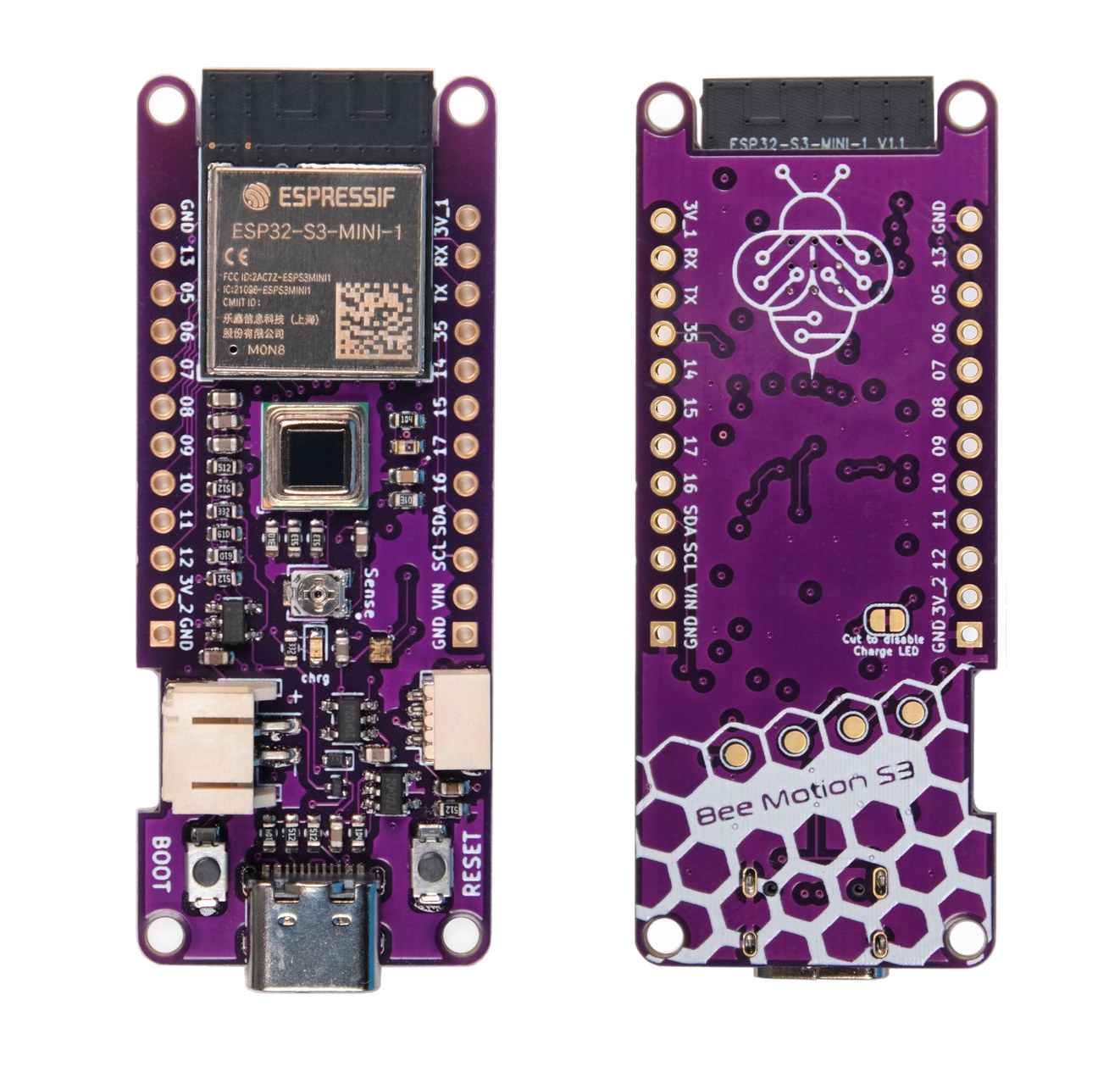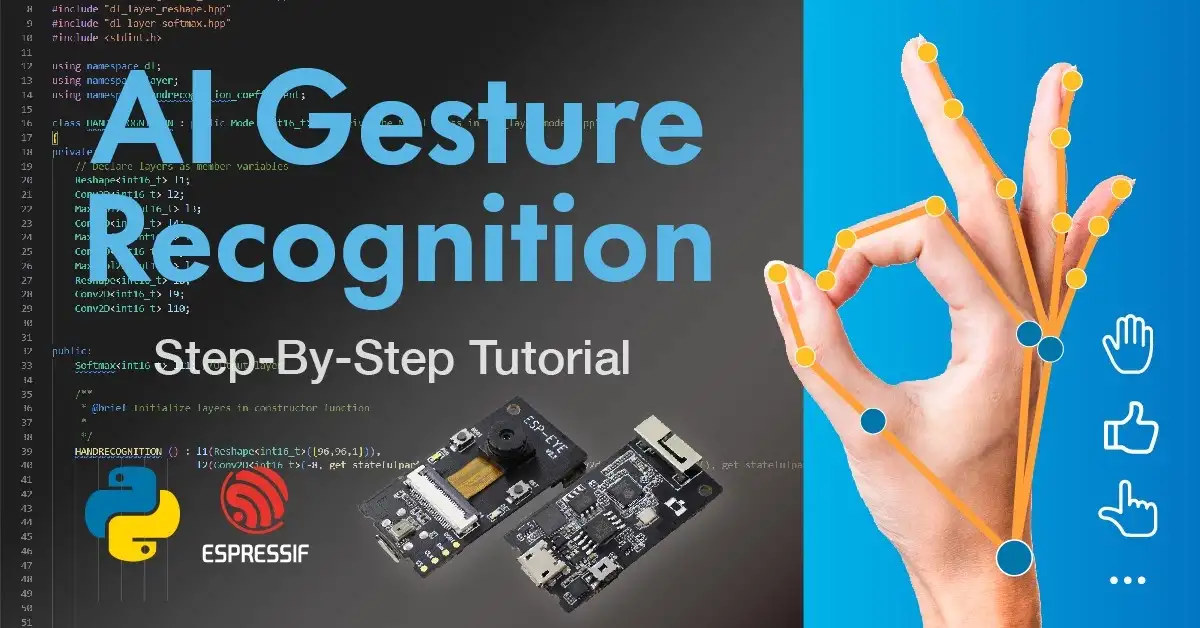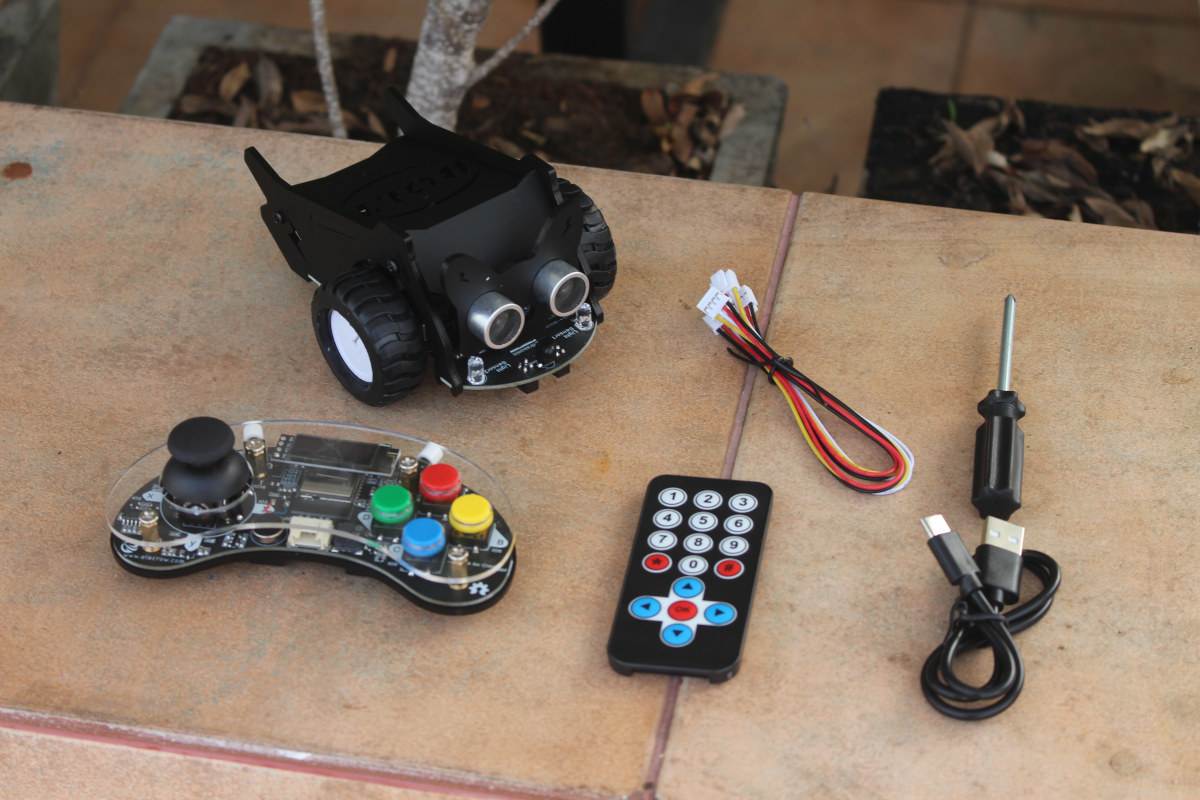We’ve previously covered the EdgeBox-RPi4 industrial controller powered by a Raspberry Pi Compute Module 4 and plenty of I/Os such as RS485, RS232, digital inputs and outputs, and connectivity options such as Gigabit Ethernet, WiFi 5, Bluetooth 5, and 4G LTE. But if you don’t quite need the power of a Linux controller, the EdgeBox-ESP-100 industrial edge controller based on an ESP32-S3 dual-core WiFi and Bluetooth microcontroller and offering a similar set of features, albeit with twists, may be an interesting option. EdgeBox-ESP-100 specifications: Microcontroller – Espressif Systems ESP32-S3 dual-core Tensilica LX7 microcontroller @ 240 MHz with AI vector instructions, 512KB RAM Memory – 8MB PSRAM Storage – 16MB Flash Network connectivity 10/100M Ethernet RJ45 port 2.4 GHz WiFi 4 and Bluetooth 5.0 LE via ESP32-S3 4G LTE cellular via SIMCom A7670G LTE Cat 1 module Optional support for LoRa (replaces the A7670G module) Serial & I/Os via terminal blocks […]
ArduCam Mega – A 3MP or 5MP SPI camera for microcontrollers (Crowdfunding)
ArduCam Mega is a 3MP or 5MP camera specifically designed for microcontrollers with an SPI interface, and the SDK currently supports Arduino UNO and Mega2560 boards, ESP32/ESP8266 boards, Raspberry Pi Pico and other boards based on RP2040 MCU, BBC Micro:bit V2, as well as STM32 and MSP430 platform. Both cameras share many of the same specifications including their size, but the 3MP model is a fixed-focus camera, while the 5MP variant supports autofocus. Potential applications include assets monitoring, wildfire monitoring, remote meter reading, TinyML applications, and so on. ArduCam Mega specifications: Camera Type 3MP with fixed focus 5MP with auto-focus from 8cm to infinity Optical size – 1/4-inch Shutter type – Rolling Focal ratio 3MP – F2.8 5MP – F2.0 Still Resolutions 320×240, 640×480, 1280×720 x 1600 x1200x 1920 x 1080 3MP – 2048 x 1536 5MP – 2592×1944 Output formats – RGB, YUV, or JPEG Wake-up time 3MP – […]
OpenPLC open-source Programmable Logic Controller Suite works with Arduino, ESP8266/ESP32, Raspberry Pi, etc.
OpenPLC is an open-source, free-to-use Programmable Logic Controller Suite, compliant with the IEC 61131-3 standard, and working with a range of hardware platforms such as Arduino, ESP8266/ESP32, Raspberry Pi SBCs, as well as Windows and Linux machines. When Arduino unveiled the Arduino PLC IDE, we noted the languages defined by the IEC 61131-3 standard were licensed, and the PLC key for the Portenta Machine Control unit sold for $17.60. One reader complained about the high license cost per device, but Massimo Banzi, the co-founder of the Arduino project, replied it was cost-effective for smaller deployments: Actually it’s not that much money compared to the cost of other PLC software (thousands of dollars per seat!). This model helps small companies with not that many devices.. It’s possible to negotiate bulk licenses for companies. But there’s also another option with OpenPLC open-source PLC suite that does not require any license fee. That’s […]
TwoTrees TS2 laser engraver review – Part 1: Unboxing and assembly
TwoTrees TS2 is a laser engraver with a 10W laser, and the company sent us a sample for review. I usually let Karl review this type of hardware as he’s done previously with the Ortur Laser Master 2 Pro laser engraver, but he happens to be busy with another 10W laser engraver from a different company, so I decided to try it out myself this time around. I’ll write a two-part review, with the first part checking out the specifications, unboxing the package, and reporting my experience assembling my very first laser engraver, before engraving and cutting various materials in the second part of the review. TwooTrees TS2 laser engraver specifications Basic TS2 specifications provided in the user manual: Laser Power – 10 Watts Wavelength – 445 nm +/-5 Control board – Makerbase DLC32 V.20 with ESP32-WROOM-32U module Engraving accuracy – 0.1mm Engraving speed – 10,000mm per minute Engraving size […]
Olimex AgonLight2 8-bit open-source hardware computer sells for 50 Euros
Olimex has started to take pre-orders for the AgonLight2, a customized version of the Agon Light 8-bit open-source hardware computer based on the Z80 family and running BBC Basic. Bernardo Kastrup and Dean Belfield created the Agon light 8-bit retro computer with VGA and PS2 keyboard port and programmable with BASIC earlier this year and released all hardware design files, the firmware, and documentation on GitHub, and Dean uploaded a one-hour-long video on YouTube. It was designed with EasyEDA, but Olimex re-captured the design in KiCad after getting customer requests, and the new cost-optimized board named AgonLight2 will start shipping by the end of January 2023. AgonLight2 specifications: MCU – Zilog eZ80F92 8-bit microcontroller @ 18.423 MHz with 128 KB flash, 256 bytes configuration Flash memory, 8 KB SRAM (See PDF datasheet for details) System Memory – 512KB, 10ns, parallel SRAM Storage – MicroSD card socket Terminal subsystem MCU – […]
Bee Motion S3 – An ESP32-S3 board with a PIR motion sensor (Crowdfunding)
The Bee Motion S3 is an ESP32-S3 WiFi and Bluetooth IoT board with a PIR motion sensor beside the more usual I/Os, Qwiic connector, USB-C port, and LiPo battery support. It is at least the third PIR motion wireless board from Smart Bee Designs, as the company previously introduced the ESP32-S2 powered Bee Motion board and the ultra-small Bee Motion Mini with an ESP32-C3 SoC. The new Bee Motion S3 adds a few more I/Os, a light sensor, and the ESP32-S3’s AI vector extensions could potentially be used for faster and/or lower-power TinyML processing. Bee Motion S3 specifications: Wireless module – Espressif Systems ESP32-S3-MINI-1 module (PDF datasheet) based on ESP32-S3 dual-core Xtensa LX7 microcontroller with 512KB SRAM, 384KB ROM, WiFi 4 and Bluetooth 5.0 connectivity, and equipped with 8MB of QSPI flash and a PCB antenna USB – 1x USB Type-C port for power and programming Sensors PIR sensor S16-L221D […]
Hand Gesture Recognition on ESP32-S3 with the ESP-DL library
Ali Hassan Shah has deployed a deep learning model for hand gesture recognition on the ESP32-S3-EYE board using the ESP-DL library and achieved AI-powered hand recognition with a 0.7-second latency on the ESP32-S3 camera board. Last year, Espressif released the ESP-DL library for the ESP32-S3 microcontroller with AI vector extensions, as well as ESP32 and ESP32-S2, along with a face detection demo that ran much faster on the ESP32-S3. Ali rolled out his own solution for AI gesture recognition and provided a step-by-step tutorial along the way. The main steps to deploying a custom model with the ESP-DL library include: Model Development that involves Getting or creating datasets. In this case, downloaded from Kaggle with 6 gestures namely Palm, I, Thumb, Index, Ok, and C. Testing, training, and calibrating the datasets Building a (CNN) Model Training a Model Saving a Model to the Hierarchical Data format (.h5) Converting the H.5 […]
Getting Started with CrowBot BOLT smart robot car
CrowBot BOLT is a smart robot car based on an ESP32 wireless microcontroller and designed for the education market with the ability to program the robot with visual programming, Arduino, or MicroPython. Elecrow sent me a sample of the CrowBot BOLT kit for evaluation so I’ll have a look at the hardware, show how to assemble it, showcase the features of the built-in firmware, and demonstrate how to program the robot with visual programming, Arduino, and MicroPython using some of the provided code samples. CrowBot BOLT unboxing The package lists some of the highlights with 16 teaching courses, support for multiple programming platforms, scalability with Grove connectors, and the inclusion of the Joystick that’s also programmable. The CrowBot BOLT comes as a kit so there will need to be some work to do to assemble the robot, but no soldering is required (in normal cases, more on that later). The […]


